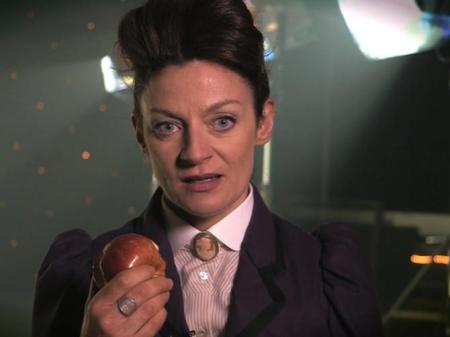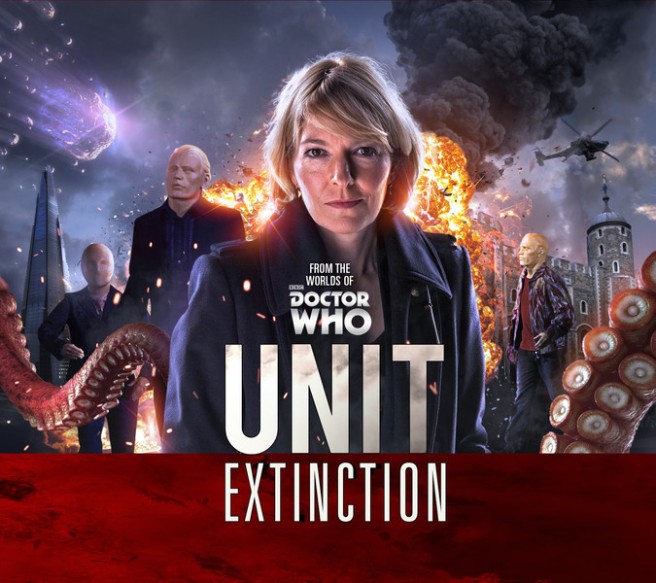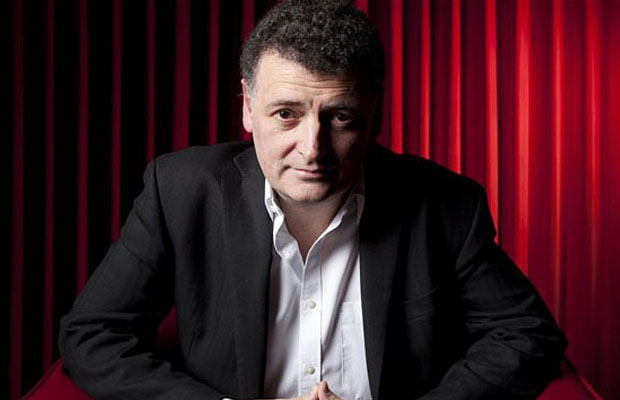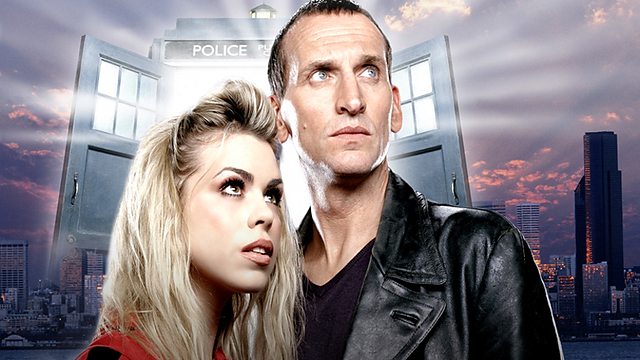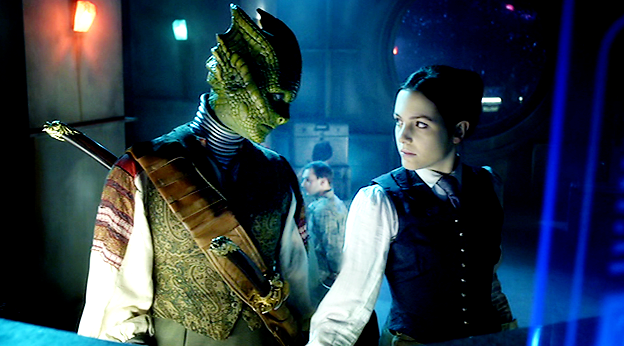
 Stephen Wood
Stephen Wood
Doctor Who has always flirted with a queer reading. As a young teenager, I found myself drawn to one of the few shows that portrayed a lead character with no interest in the opposite sex – one who embraced and protected the outsider. Who wasn’t afraid to challenge the social status quo, whether on Earth or a far-flung colony in the future. There are many acres of print to be written on why the show’s fan base has a disproportionately high number of queer fans – and in spaces such as the Queers Dig Doctor Who book or the recent Web of Queer podcast these are increasingly being heard.
Representation of sexual minorities changed immeasurably in 2005 when Russell T Davies, famous for his ground-breaking Channel 4 series Queer As Folk, took over the reins of the show. Pilloried at the time by some of the right-wing press and subsequently accused of a ‘gay agenda’ throughout his tenure by a minority of fans, he succeeded in bringing in authentic voices through his characters that spoke vividly of the transformed social landscape of contemporary Britain, both straight and gay.
One way in which he achieved this was to draw characters whose homosexuality or gender identity was an additional but non-essential part of their character. The moments where it was explicitly raised by other characters – such as Rose’s surprise when Captain Jack stepped forward to flirt with the army officer in The Doctor Dances or when Brannigan received an indulgent slap-down from ‘The Cassini Sisters’ for ignoring their marriage in Gridlock, were mildly political moments that forced the audience to widen their expectations about what family or sexual attraction might mean. Even period pieces like The Unicorn and the Wasp allowed space to show how bereavement could hit queer couples in quietly tragic ways. This was a period of the show when John Barrowman could kiss Christopher Eccleston before he went to his probable death, raising the stakes of how important their friendship was, rather than feeling like tokenism or shock tactics.
Moving into the Steven Moffat era of Who, we had grounds to feel that this progressive social reading would continue, not least because Moffat had written publicly in defence of RTD’s approach and highlighted that Exhibit A of the ‘gay agenda’ – namely The Empty Child / The Doctor Dances two-parter was written by him, not Davies. And on the face of it, you could argue he has stayed true to his word. For the first time, we have two semi-regular characters in Madame Vastra and Jenny Flint who identify as lesbians.
However, when we look carefully at this romantic pairing and the general visibility of non-heterosexual, non-cis gendered characters in recent seasons – it paints a more worrying picture. First of all – their prominence masks the fact that the sheer number of LGBTIQ characters has plummeted in concrete terms since Moffat took over in 2010. Canton Everett Deleware III in The Impossible Astronaut / Day of the Moon two-parter, the Thin One and the Fat One (a jokingly titled gay couple who act as pointless comedy minor characters to bump off) in A Good Man Goes To War, the male horse in A Town Called Mercy who wanted to be called Susan (not quite sure where to place him/her on the trans scale), a flippant bisexual comment from the newly introduced Clara in Asylum of the Daleks – and that’s about it. With the exception of Clanton, whose popularity went viral amongst certain sections of fandom, we have a marked ‘straightening up’ of the show since Moffat took over – gay characters serving as comic relief or straight-fantasy titillation when it came to those that are female.
Ah yes, so let’s move onto Vastra and Jenny. On the face of it, they represent a happy couple – married, smart and central to the stories they feature in. But scratch the surface and there is much to find in them that is limiting and fiercely traditional. They are married, seem to conform to rather strict ‘male’ and ‘female’ gender roles and their sexuality is played for titillating comedy effect. The male gaze wanders lovingly over Jenny as she strips to her underwear to be ogled upon by Vastra (and the audience), the Doctor kisses a rather unwilling Jenny in a very awkward manner in The Crimson Horror and they are regularly dressed either in male clothing or tight-fitting leather fetish outfits during action sequences. The unhealthy power dynamics of Jenny being Vastra’s servant are highlighted but smirked at, rather than explored meaningfully. There is a sense that this is a lesbian relationship that appeals to the heterosexual man (with Jenny in particular being objectified as the uneducated, sometimes naive object of attention), rather than one that says something fresh about the realities of female-female love.
We can argue that this characterisation stems from a writing team for the last five years that is led by and predominantly comprising of heterosexual, white middle class men (Gareth Roberts and Mark Gatiss withstanding – although the latter’s contributions are hardly socially progressive). Frankly, I could be writing very similar articles on gender and race both in front of and behind the camera – and perhaps will, although I’d bow to the much more articulate critiques that the Verity Podcast team engage in regularly on the former topic. The inclusion this year (for the first time since season 4’s The Sontaran Stratagem / The Poison Sky (yes, that long ago) of a female writer to the show could be grounds for quiet optimism that a more diverse range of voices might be heard. But as it stands, I find it incredibly worrying that the high-water mark of gender, race and sexual representation is now five years behind us and with no real signs of changing.
Stephen Wood is still a major fan of recent Who – he just can’t help but feel that high concept ideas are being showcased at the expense of rich, fresh characters. He can be found on Twitter at: @StephenWood_UK
